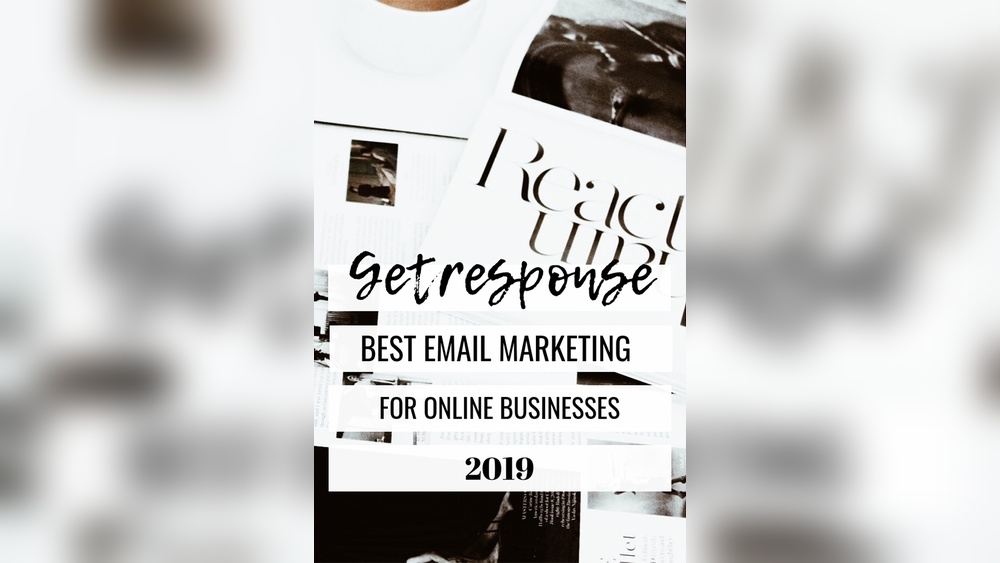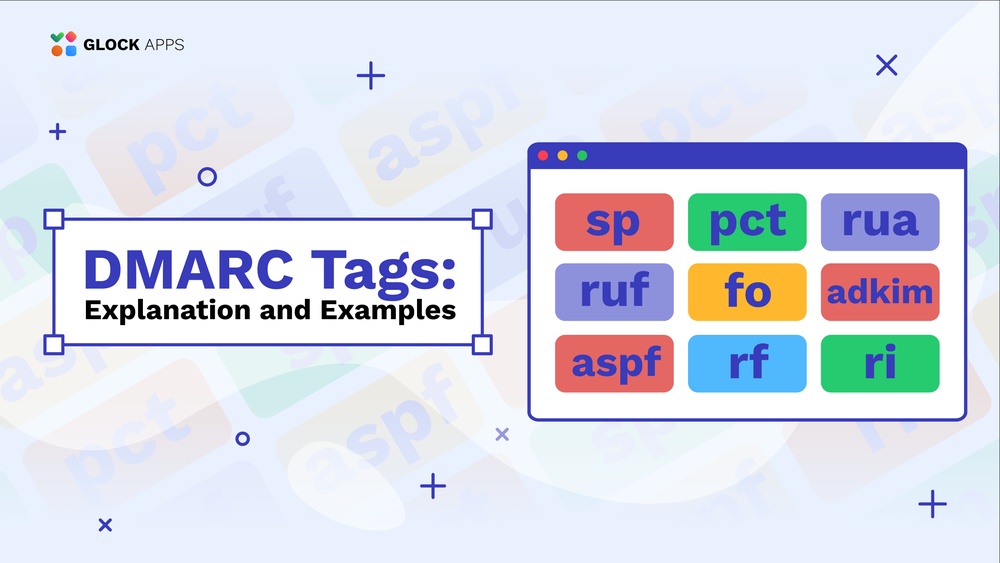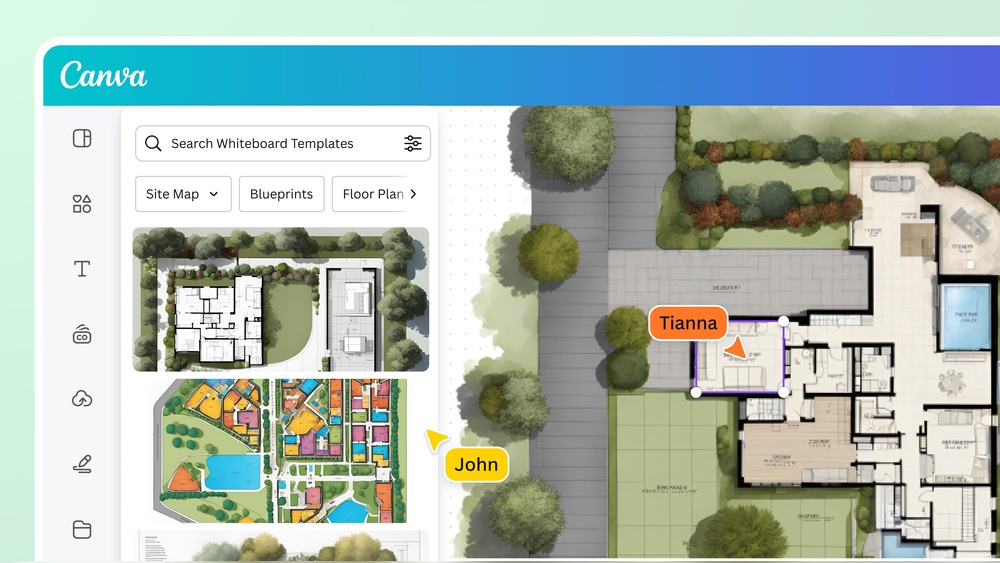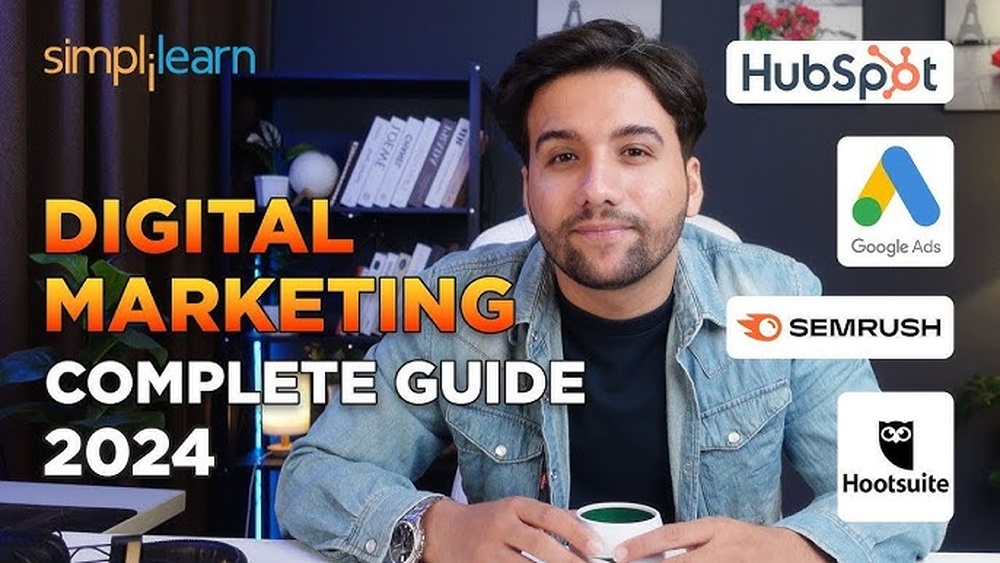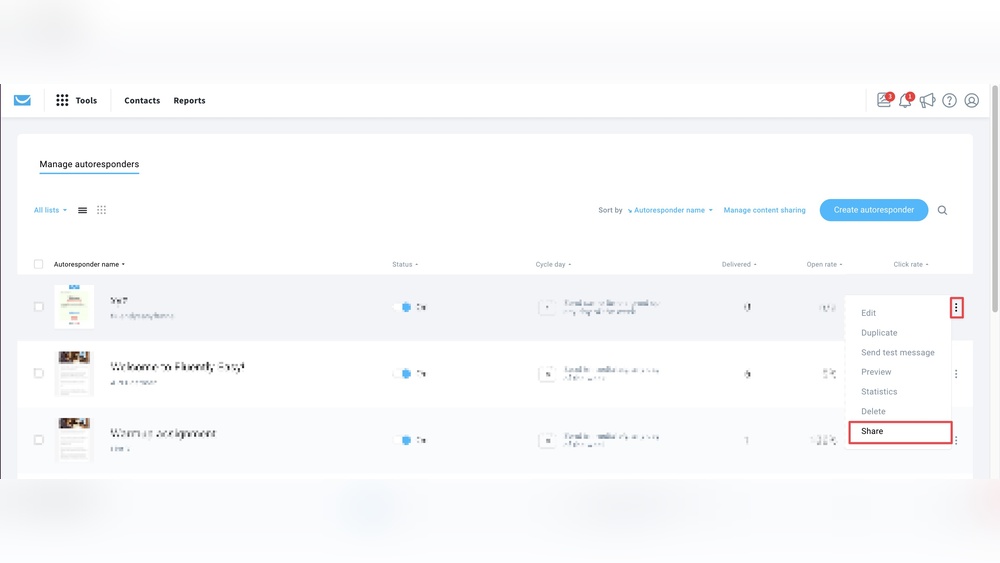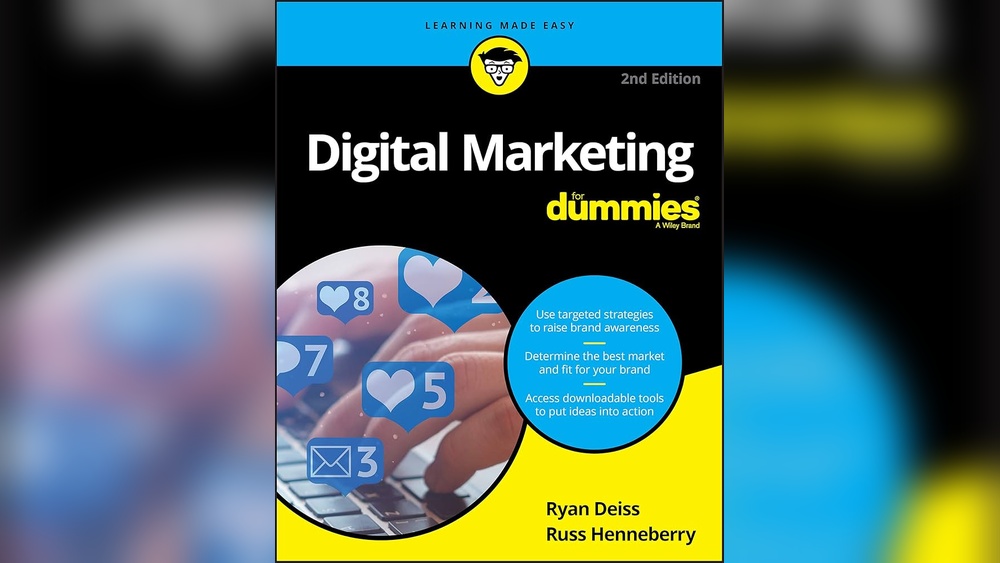Imagine you’ve just stumbled upon a website, and the first page you see grabs your attention instantly. It’s clear, focused, and seems to know exactly what you’re looking for.
This isn’t magic—it’s the power of a well-crafted landing page. But what exactly is a landing page, and why should you care about it? A landing page is a standalone web page, created specifically for a marketing or advertising campaign.
Its goal is to convert visitors into leads or customers by encouraging them to take a specific action. Whether you’re promoting a product, collecting information, or offering a free resource, a landing page is your secret weapon to boost conversions. You might be wondering how to create an effective landing page for your own needs. Well, you’re in the right place. You’ll not only discover what makes a landing page tick but also see real-life examples that could inspire your next online project. By the end, you’ll have a clear understanding of how landing pages can work for you and start seeing your online interactions in a whole new light. Ready to unlock the potential of your online presence? Let’s dive in!
Landing Page Basics
A landing page is a web page. It is designed for a specific goal. This goal is usually to get visitors to take action. Actions include signing up or buying something. Landing pages are different from regular web pages. They focus on a single call to action. This keeps it simple and clear for visitors.
Several key components make a landing page effective. Headline is important. It grabs attention quickly. Images help explain your offer. They make the page more engaging. Call to Action (CTA) button is crucial. It tells visitors what to do next. The text on the button should be clear. Forms collect visitor information. Keep forms short to increase sign-ups. Finally, trust signals like reviews or badges build credibility.
Types Of Landing Pages
Landing pages focus on converting visitors into leads or customers. Examples include lead generation pages for collecting emails, click-through pages guiding users to purchases, and sales pages showcasing products. Each type serves a distinct purpose, optimizing user engagement and driving desired actions.
Click-through Pages
These pages lead visitors to another page. They often have a button or link. Users click to move forward. Usually used for product information. They aim to warm up the visitor. No need for a form here. Just a strong call to action.
Lead Generation Pages
Designed to capture visitor information. Often asks for name and email. Offers something in return, like a free guide. Helps businesses gather leads. The goal is to build a contact list. Simple forms work best here.
Product Launch Pages
These pages are for new product releases. They create excitement and interest. Often includes product details and images. Encourages visitors to learn more. Sometimes offers a pre-order option. Keeps the page focused and engaging.
Event Registration Pages
These pages help users sign up for events. They provide event details. Users can see date, time, and location. A registration form is present. These pages make signing up easy. Encourages participation and engagement.
Design Elements
Landing pages are crucial in online marketing, designed to convert visitors into leads or customers. They often feature a clear call to action, like signing up or purchasing. Examples include promotional pages for events, product showcases, or newsletter subscriptions. Their simplicity and focus enhance user engagement.
Visual Hierarchy
Visual hierarchy guides the viewer’s eyes. Important elements are bigger or bolder. Colors help show what to see first. Images and text need balance. Too much clutter confuses visitors. Simplicity is key.
Effective Call-to-action
Call-to-action, or CTA, tells visitors what to do next. Use clear and short text. “Sign up now” or “Learn more” are good examples. Buttons should stand out. Use bright colors. Make sure they are easy to find.
Trust Signals
Trust signals help build confidence. Show customer reviews and testimonials. Display security badges and seals. Include logos of well-known brands. These make the page more trustworthy. People feel safer to engage.

Credit: www.convertflow.com
Optimization Techniques
A/B Testing is a smart way to find the best design. It compares two versions of a page. The goal? To see which one works better. One version might have a red button. The other, a blue button. Small changes can make a big impact. This test helps in making the page more successful.
SEO Strategies help the page show up in search results. Use keywords that people search for. Keep the text simple and clear. This helps users find what they need. Titles and descriptions should be catchy and informative. Good SEO makes the page easier to discover.
Mobile Responsiveness ensures the page looks good on phones. Many users browse on mobile devices. The layout must adjust to fit different screens. Buttons should be easy to click. Text must be readable without zooming. Responsive design keeps users happy.
Common Mistakes
Mistakes often occur when landing pages lack clear calls-to-action or cluttered designs. Ensure concise content and visually engaging elements for better user experience. Effective examples include lead generation forms or product showcase pages that capture attention quickly.
Overloading Information
Too much information can confuse visitors. Simple is better. Keep content clear and easy. Use short sentences. Focus on the main point. Avoid long paragraphs. Too many details can lose interest. Highlight key points only.
Weak Headlines
Headlines must be strong. Catch the reader’s eye. Use words that are clear. Avoid complex words. Be direct. A good headline tells the main idea quickly. Engage your audience with a simple message.
Lack Of Clear Call-to-action
Every page needs a call-to-action. Tell visitors what to do next. Use clear buttons. Keep the message simple. Guide the user to the next step. Make it easy to understand. Do not hide the call-to-action.

Credit: instapage.com
Successful Landing Page Examples
An e-commerce landing page should show products clearly. Images need to be bright. A clear call to action is vital. It guides users to buy. Descriptions should be short. Tell features and benefits quickly. Make prices visible. Easy navigation helps. Reviews build trust. Add them if possible. Special offers can boost sales.
A SaaS landing page must be simple. Explain the software well. Show how it helps users. Use clear images or videos. They must show the software in action. Include a strong call to action. Offer free trials. Share user testimonials. These build trust. Highlight key features. Use bullet points for clarity.
A non-profit landing page needs to tell a story. Share your mission. Use real images. They should show impact. Add a donate button. Make it easy to find. Share success stories. They inspire action. Use simple text. Explain why help is needed. Show contact info clearly. Invite users to join newsletters.
Tools And Resources
Landing pages are standalone web pages designed for specific campaigns or offers, capturing visitor information efficiently. Examples include product launch pages, webinar sign-up forms, and special discount promotions. These pages focus on driving conversions by minimizing distractions and guiding users toward a single call-to-action.
Landing Page Builders
Many tools help create landing pages. Unbounce and Leadpages are popular choices. They offer easy templates. You drag and drop elements. No coding is needed. Instapage is another tool. It lets you personalize pages. Squarespace is good for beginners. It has simple designs. Wix gives flexibility. It is user-friendly. These builders make page creation simple. You can test different designs. Find what works best. Improve your results.
Analytics Tools
Tracking visitors is important. Google Analytics helps you see how people use your page. Hotjar shows where they click. Crazy Egg gives heat maps. You can see popular spots. Mixpanel tracks actions on your site. Use these tools to understand your audience. Find patterns. Learn what they like. Improve your page design. Make better choices.
Conversion Rate Optimization Resources
Improving conversions is key. Optimizely offers testing features. VWO helps with A/B tests. HubSpot provides marketing insights. Crazy Egg lets you see visitor behavior. Use Google Optimize for experiments. These resources help boost your page’s success. Test different elements. See what works best. Make changes based on data. Aim for higher conversions.
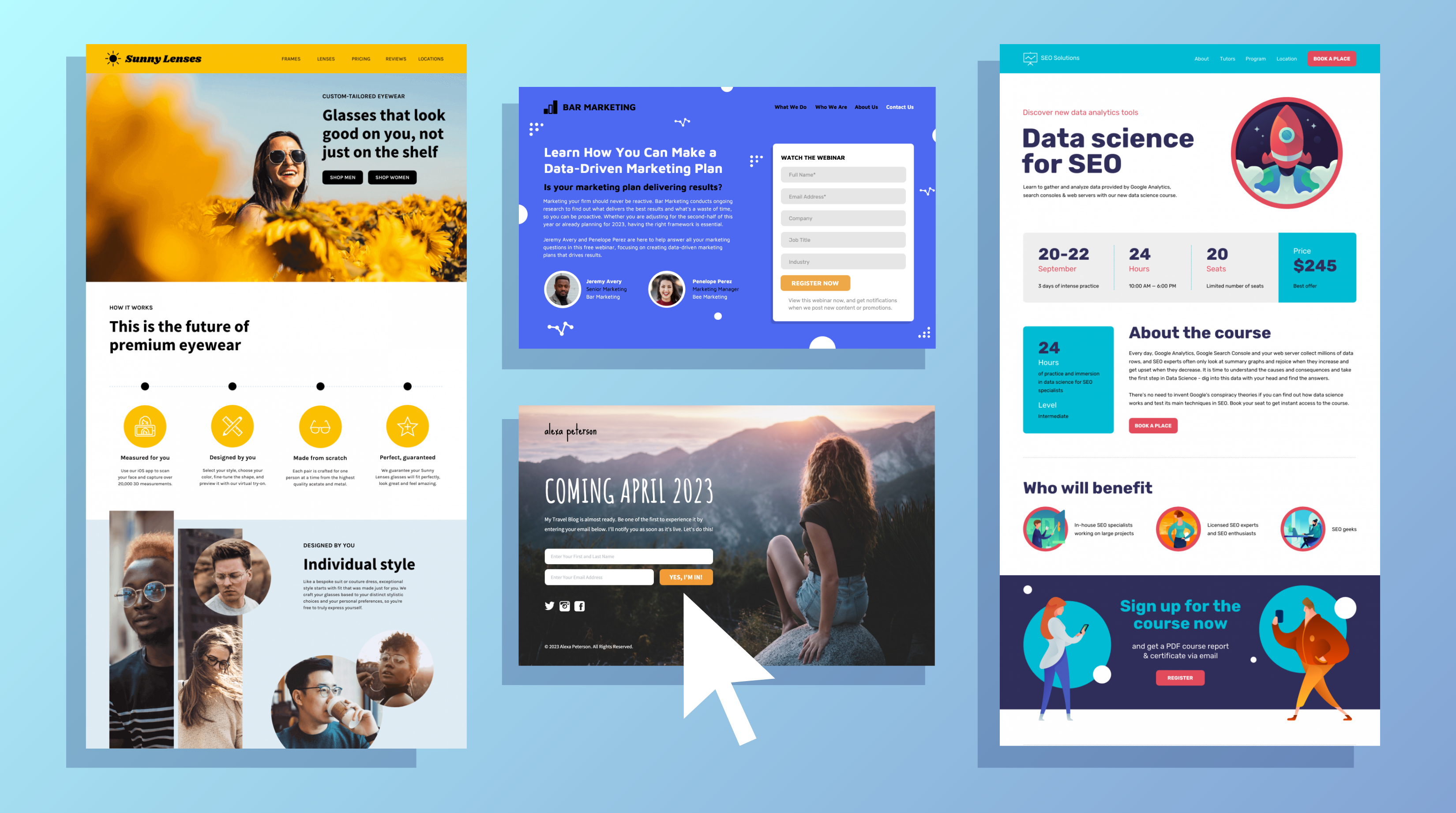
Credit: venngage.com
Frequently Asked Questions
What Is A Landing Page With An Example?
A landing page is a standalone web page created for a marketing campaign. It captures visitor information through a form. An example is a product promotion page with a “Sign Up” form to collect email addresses.
What Is The Purpose Of A Landing Page?
A landing page’s purpose is to convert visitors into leads or customers. It focuses on a specific offer or call to action. This page collects essential visitor information, enhancing marketing efforts. Effective landing pages improve user engagement, boost conversions, and support targeted campaigns.
They streamline visitor experience, driving measurable business results.
What’s The Difference Between A Website And A Landing Page?
A website is a collection of interconnected pages offering diverse information. A landing page is a single webpage focused on a specific goal, usually to convert visitors through actions like signing up or purchasing. Websites provide broad content while landing pages drive targeted conversions.
What Are The Three Types Of Landing Pages?
The three types of landing pages are click-through, lead generation, and sales pages. Click-through pages guide visitors to another page. Lead generation pages capture user information, like email addresses. Sales pages persuade visitors to make a purchase or take a specific action.
Conclusion
A landing page grabs attention and boosts conversions. It’s a powerful tool. Simple design and clear messages work best. Examples show its effectiveness in action. Businesses use them for promotions or offers. They guide visitors toward desired actions. Like signing up or making a purchase.
Understanding their purpose helps create better strategies. So, integrate landing pages into your marketing efforts. See the difference they make. Every click counts. Keep refining and testing for optimal results. Engage your audience effectively. That’s the key to success with landing pages.

